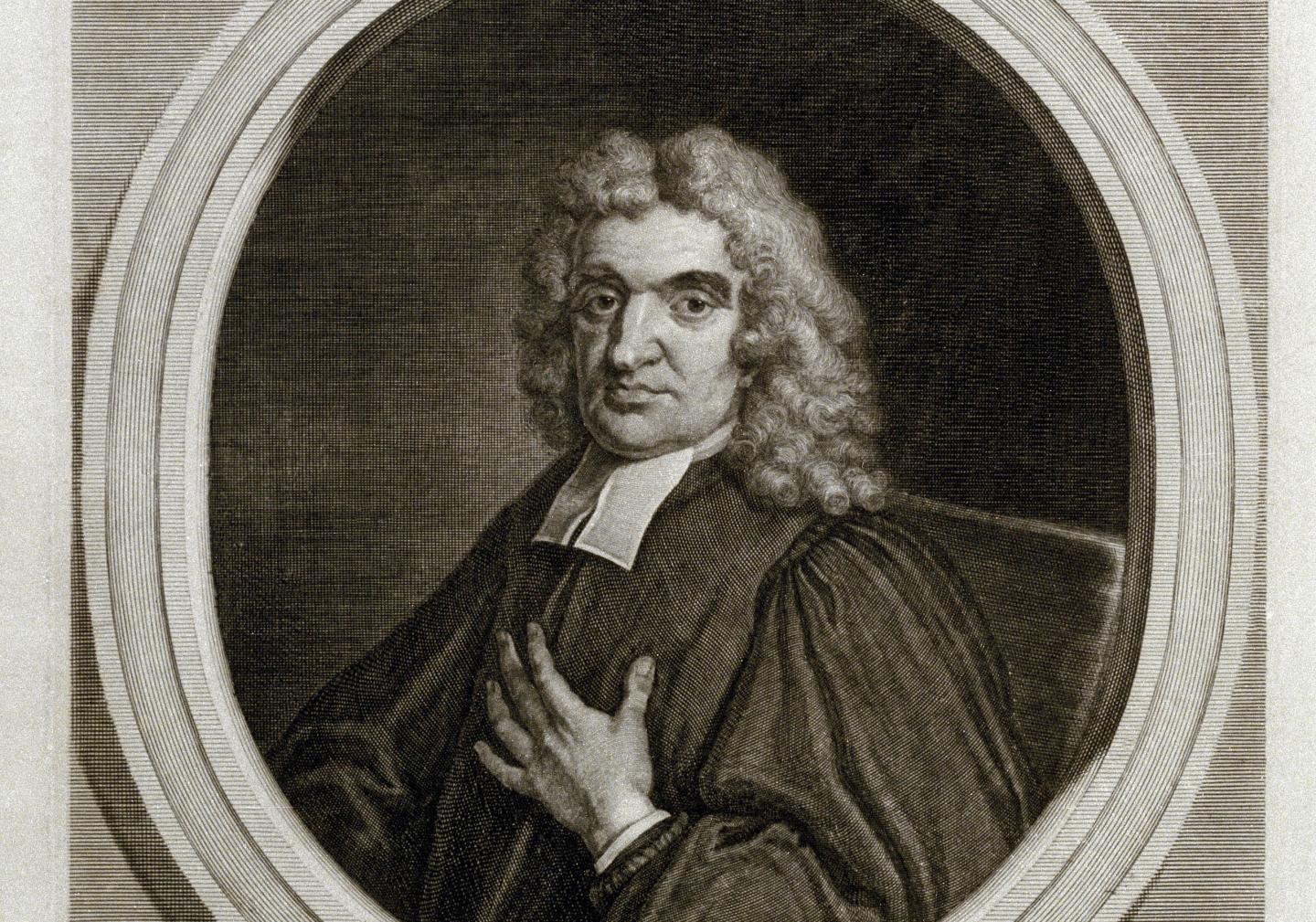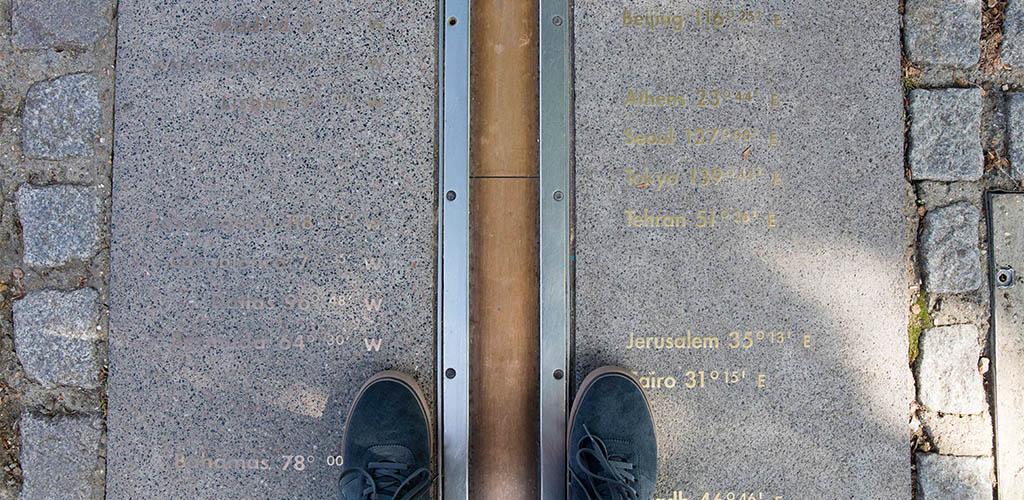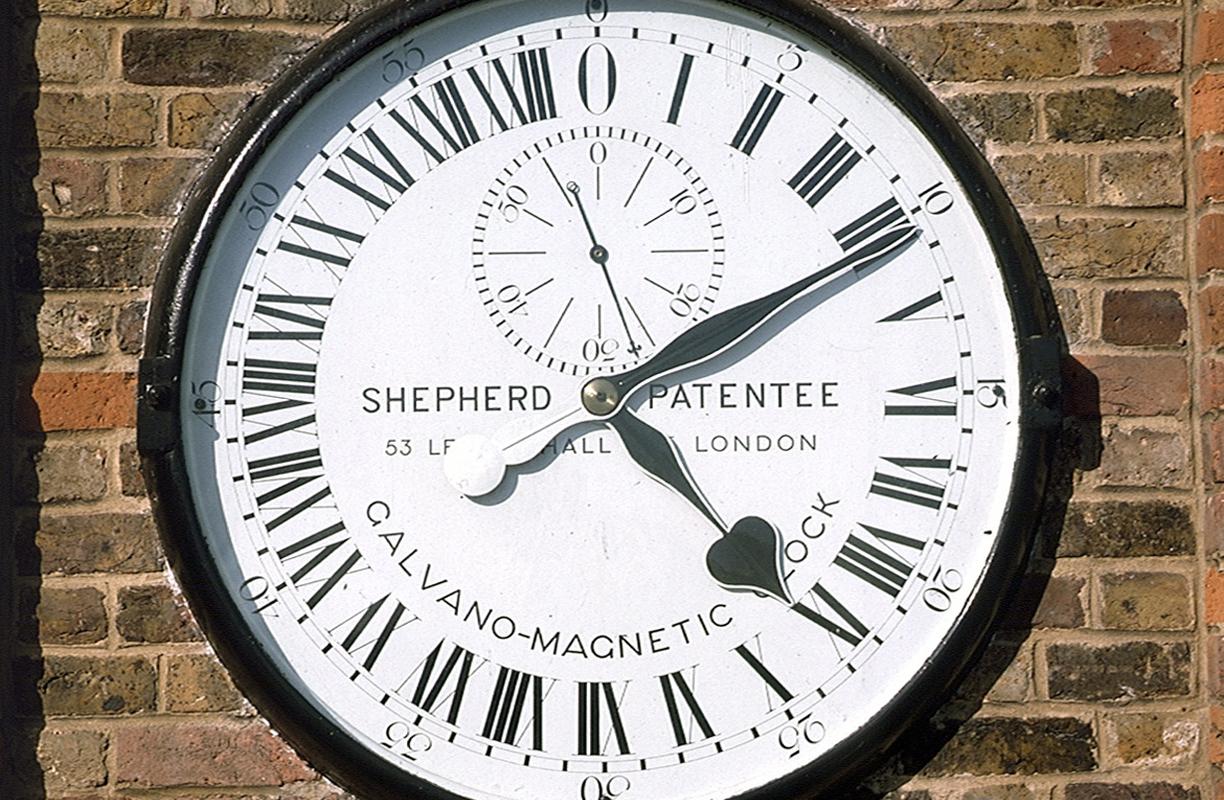The Royal Observatory Greenwich is the home of Greenwich Mean Time (GMT). But what is GMT and why is it so important?
What does GMT mean?
Greenwich Mean Time is the yearly average (or ‘mean’) of the time each day when the Sun crosses the Prime Meridian at the Royal Observatory Greenwich.
Essentially, mean time is clock time rather than solar (astronomical) time.
Solar time varies throughout the year, as the time interval between the Sun crossing a set meridian line changes.
But each day measured by a clock has the same length, equal to the average (mean) length of a solar day. It’s a way of standardising and regularising time so we can all know exactly what time it is for our (or anyone’s) location.
Today GMT is reckoned from one midnight to the next.
Find out about the Prime Meridian
What does GMT stand for?
GMT stands for Greenwich Mean Time, the local clock time at Greenwich. From 1884 until 1972, GMT was the international standard of civil time. Though it has now been replaced by Coordinated Universal Time (UTC), GMT is still the legal time in Britain in the winter, used by the Met Office, Royal Navy and BBC World Service. Greenwich Mean Time is also the name of the time zone used by some countries in Africa and Western Europe, including in Iceland all year round.
How did Greenwich Mean Time begin?
It wasn’t until the invention of the pendulum clock in the 1650s that it was possible to work out the relationship between mean (clock) time and solar time.

John Flamsteed came up with the formula for converting solar time to mean time, and published a set of conversion tables in the early 1670s. Soon after, he was appointed as the first Astronomer Royal and moved into the new Royal Observatory in Greenwich.
Here he had the best pendulum clocks installed and set them to the local time. This was Greenwich Mean Time, or the average time when the Sun crossed the meridian at Greenwich. At first though, Greenwich time was only really important to astronomers.
GMT and the quest for longitude
In the 1700s, the fifth Astronomer Royal Nevil Maskelyne brought Greenwich Mean Time to a wider audience.
In 1767 Maskelyne introduced the Nautical Almanac as part of the great 18th century quest to determine longitude.
These were tables of ‘lunar distance’ data based on observations at Greenwich and using GMT as the time standard. This data enabled navigators to find their position at sea.
GMT was also crucial to the other great solution to the ‘longitude problem’, represented by John Harrison’s famous timekeepers.
British mariners started keeping at least one chronometer set to GMT. This meant they could calculate their longitude from the Greenwich meridian (longitude 0° by convention).
These two solutions would help pave the way for GMT to become the worldwide time standard a century later.
Find out about the longitude problem
How did railways lead to GMT becoming the UK time standard?
Until the mid-19th century, almost every town kept its own local time, defined by the Sun. There were no national or international conventions which set how time should be measured.
This meant there was no standard timings for when the day would begin and end, or what length an hour might be. As well as Greenwich Mean Time for example, there was also Bristol Mean Time (10 minutes behind GMT) Cardiff Mean Time (13 minutes behind GMT).
However, the 1850s and 1860s saw the expansion of the railway and communications networks. This meant the need for an national time standard became imperative.
British railway companies started introducing a single standard time across their networks, designed to make their timetables less confusing. It was mostly Greenwich Mean Time that they used. GMT was ultimately adopted across Great Britain by the Railway Clearing House in December 1847. It officially became 'Railway Time'.
By the mid-1850s, almost all public clocks in Britain were set to Greenwich Mean Time and it finally became Britain’s legal standard time in 1880.
How did Greenwich Mean Time become the international standard?
In 1884 the Greenwich Meridian was recommended as the Prime Meridian of the World.
There were two main reasons for this. The first was that the USA had already chosen Greenwich as the basis for its own national time zone system. The second was that in the late 19th century, 72% of the world's commerce depended on sea-charts which used Greenwich as the Prime Meridian.
The recommendation was based on the argument that naming Greenwich as Longitude 0º would be of advantage to the largest number of people.

As the reference for GMT, the Prime Meridian at Greenwich therefore became the centre of world time and the basis for the global system of time zones.
The Airy Transit Circle (telescope) became the telescope that would define the Prime Meridian of the World. Astronomer Royal George Biddell Airy designed it, and it is located at the Royal Observatory Greenwich.
It was recommended that the meridian line would indicate 0° longitude. Therefore this also became the start of the Universal Day. The meridian line is marked by the cross-hairs in the Airy Transit Circle eyepiece.
Find out more about the Airy Transit Circle
The first clock to show GMT to the public

The Shepherd gate clock can be seen at the gates to the Royal Observatory. It was the first clock ever to show Greenwich Mean Time directly to the public. It is a 'slave' clock, connected to the Shepherd master clock which was installed at the Royal Observatory in 1852.
From that time until 1893, the Shepherd master clock was the heart of Britain's time system. Its time was sent by telegraph wires to London, Edinburgh, Glasgow, Dublin, Belfast and many other cities. By 1866, time signals were also sent from the clock to Harvard University in Cambridge, Massachusetts via the new transatlantic submarine cable.
In terms of the distribution of accurate time into everyday life, it is one of the most important clocks ever made.
The first thing you notice about the clock is that it has 24 hours on its face rather than the usual 12. That means at 12 noon the hour hand is pointing straight down rather than straight up.
The clock originally indicated astronomical time, in which the counting of the 24 hours of each day starts at noon. The clock was changed in the 20th century to indicate Greenwich Mean Time, in which the counting of the 24 hours of each day starts at midnight. It continues to show Greenwich Mean Time and is not adjusted for British Summer Time.





